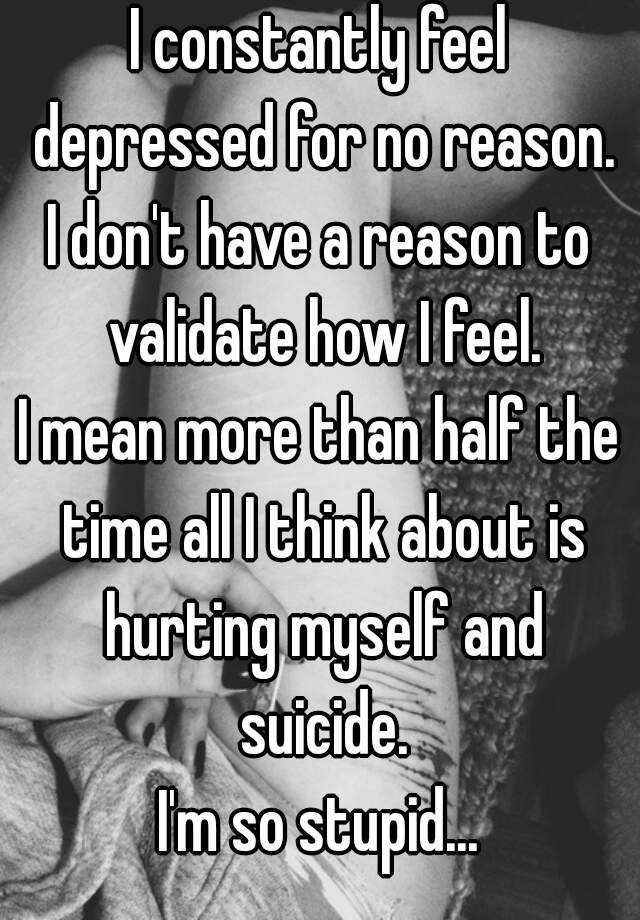

Stuffing sadness down deep inside isn’t the same thing as exercising the healing, releasing, relieving, compassionate, self-care of allowing our emotional equipment to do what it does best: feel. To exercise your feelings, you’ve got to experience them, but not necessarily express them.

Our human emotional equipment has enormous bandwidth, but, like muscles, our emotional equipment can atrophy without exercise. Stuffing a jelly doughnut, or a turkey, or a cream puff is fine double-stuffing a human heart with sadness isn’t. Bad form!īut now that you know the reason sadness surprises you, you can put your thought experiment to work in the real world by dealing intelligently with that reason. So we pretend to be happy while still secretly grieving the loss of a parent, for example. It’s a cultural thing in individualistic societies such as America to be happy, have a nice day, don’t let the turkeys get you down whatever the cost, and to feel a certain sense of shame if you’re the sad one in a happy crowd. The real reason for unexpected sadness? Holding on to too much sadness and too many sad memories. That trigger – the one that comes clear sometime after the meltdown is over – is not the real reason for the sadness. There’s usually a trigger (sometime after the tears stop the trigger emerges) but it’s not always obvious when sadness arrives. Mostly, sadness “for no reason” is related to a habit of stashing it inside, keeping a stiff upper lip, holding it in, forging ahead, staying the course: eventually, the dam will break and that sadness will reduce you to a puddle, at least temporarily. Overfill a human with feelings, and the feelings, too, can leak out and cause a mess. Overfill a well, or a glass, or a bowl, and the liquid spills. You may come to a sudden inspiration: this is how it works best. Although this is just a thought experiment, take a few days to observe your own feelings as they arrive. In your thought experiment, can you now see why we cry “for no reason,” or act out in some unexpected way? It’s only human to let feelings flow. The thing is that if we ignore the memories and the feelings connected to them without draining the well? Eventually, all that water must go somewhere. But many of us don’t have such a visceral, tangible awareness of the sad memories we contain. To have this kind of awareness puts you in a place of power. In your thought experiment, what is the depth of your well? Can you touch the surface? Maybe the water so far down that a bucket and rope won’t reach it. Yes: there’s a difference between experiencing the feeling and expressing it in some tangible way, and we will get to that in a moment. We run into trouble when we refuse to experience feelings. When those memories play in the theatre of our mind, we also re-experience the feelings stored with them.įeelings, like music, are meant to be played. We are hardwired to store memories, probably starting with separation from our mothers at birth. We all have memories, and some of them are just sad.
#FEELING SAD FOR NO REASON FULL#
Do you feel how the memory/water/sadness inside your well wants to escape in some way? There’s a limit to how full a well can get before it overflows and forms a stream. Got it?ĭoes this imaginary sadness/memory/water fill the well completely? Overflow it? Will you give yourself a moment to consider sadness in a new way? Just for this article, imagine all the sad memories you’ve accumulated throughout your lifetime as the cold, clear, pristine water you’d find in one of those old-style wishing wells. But there are other times when intense sadness arrives apparently without a trigger – surprising and bottomless. Sometimes the reason is clear – a person we know has died, or something we treasured becomes lost.
#FEELING SAD FOR NO REASON HOW TO#
Why me? Why this? Why now? Why am I feeling this way at all? Do I know how to deal with sadness for no reason? For a quick refresher course, try this.


 0 kommentar(er)
0 kommentar(er)
